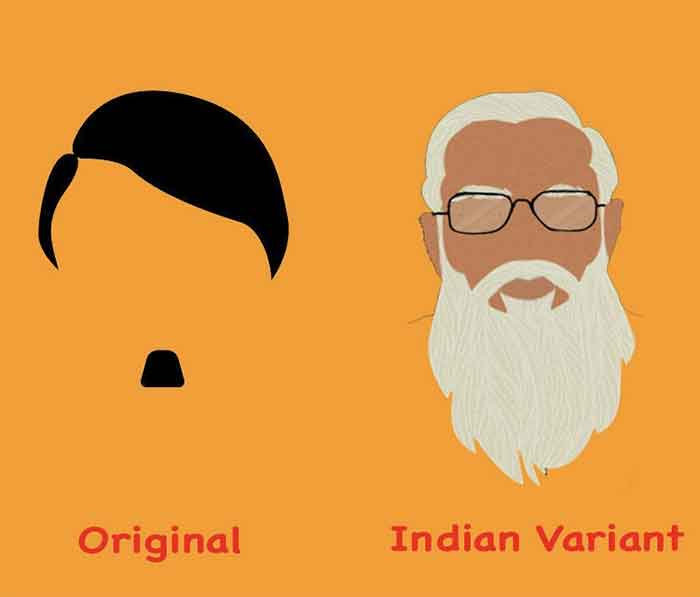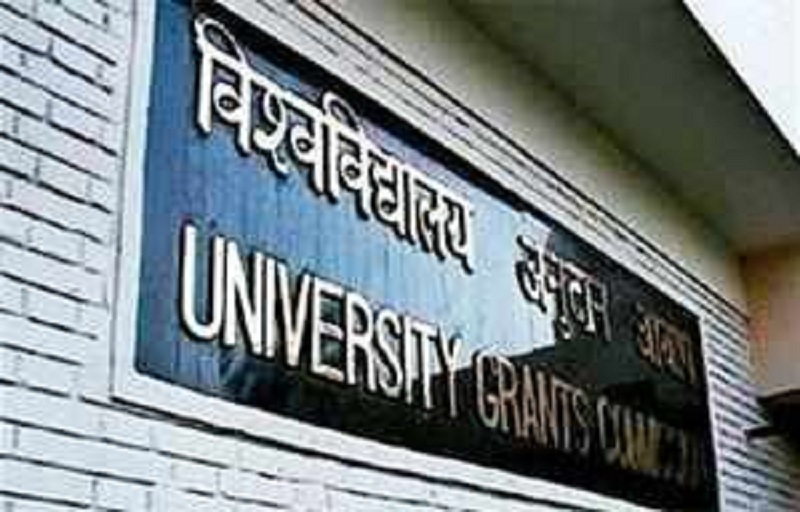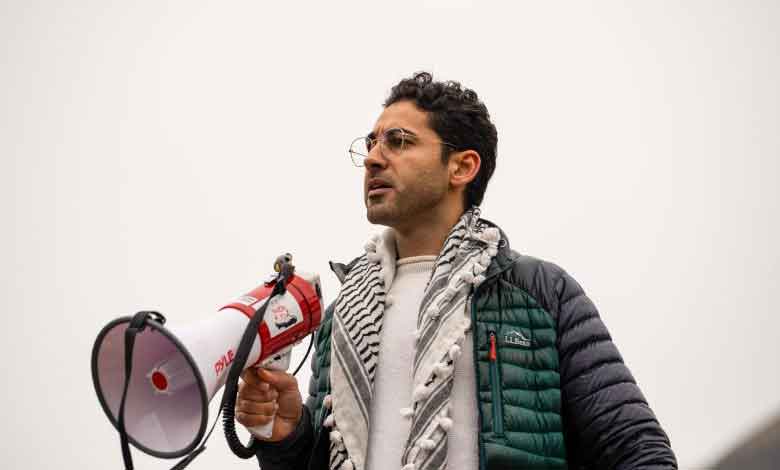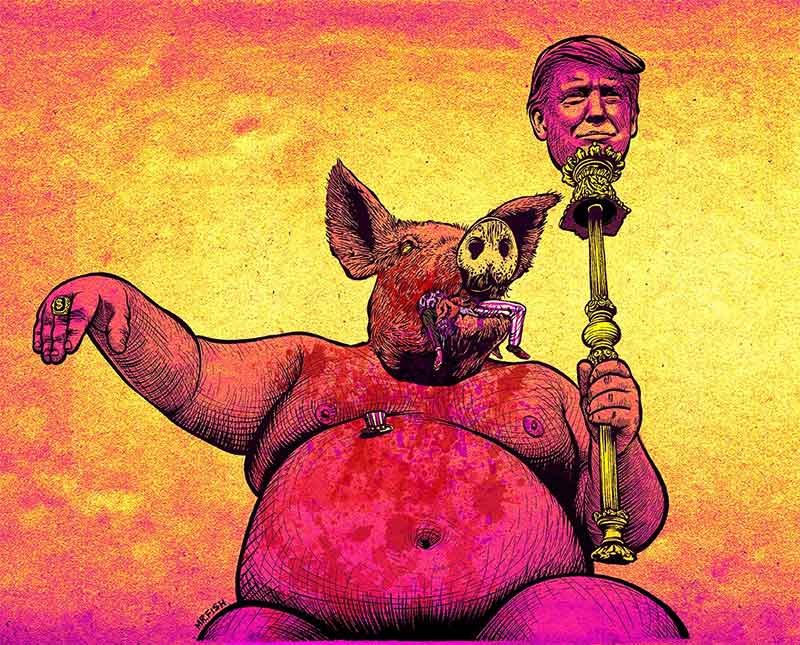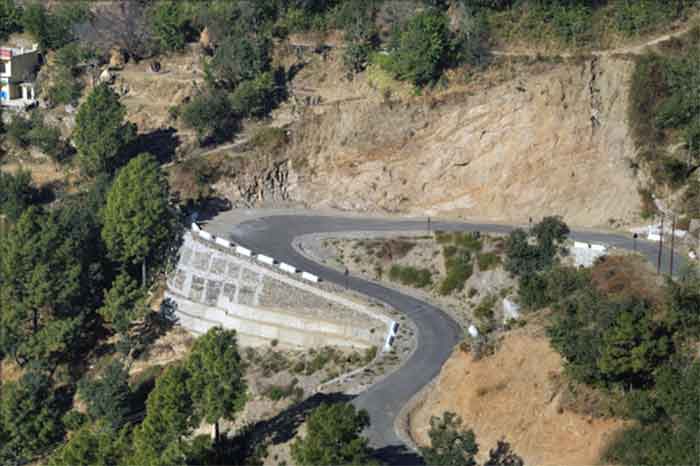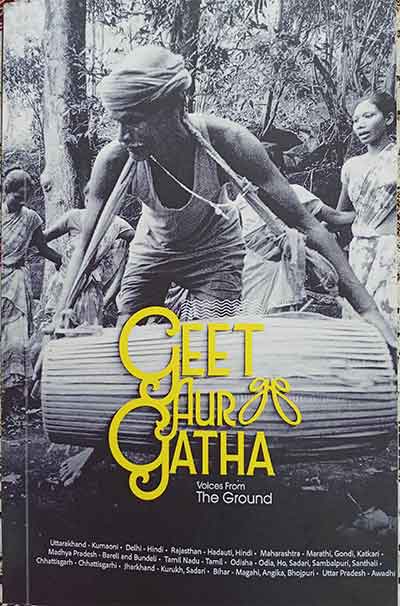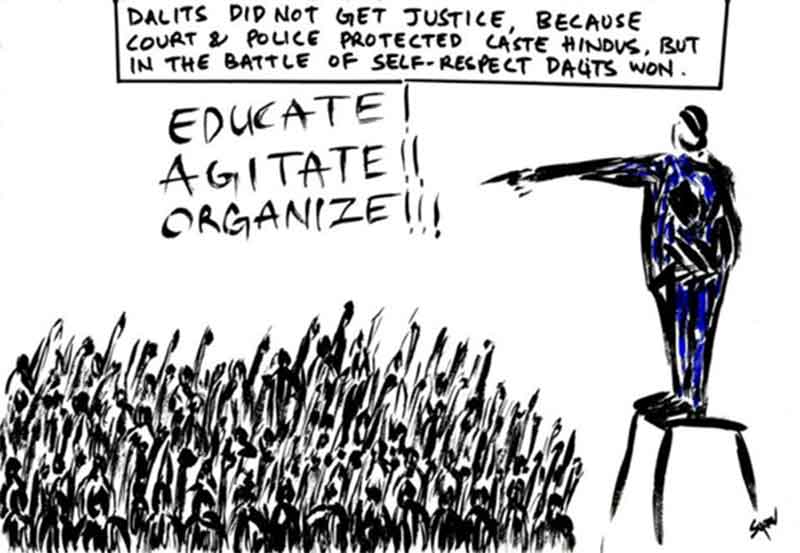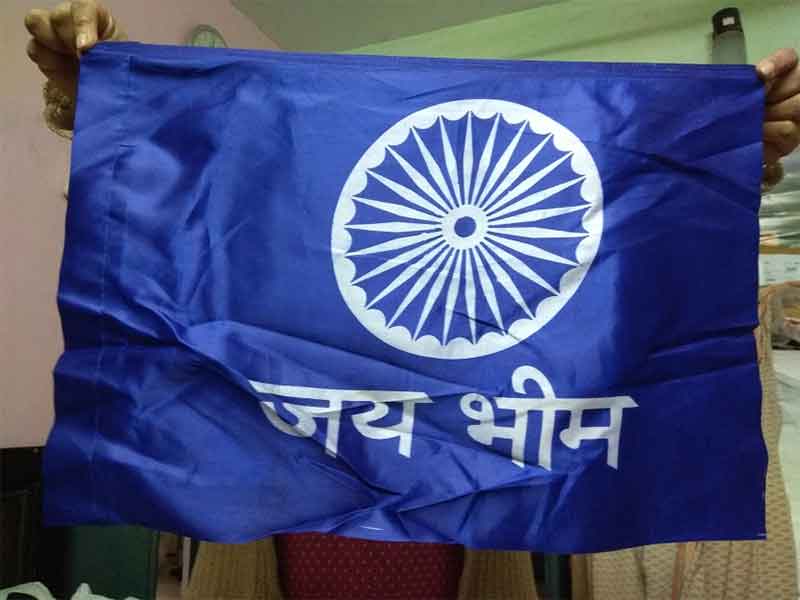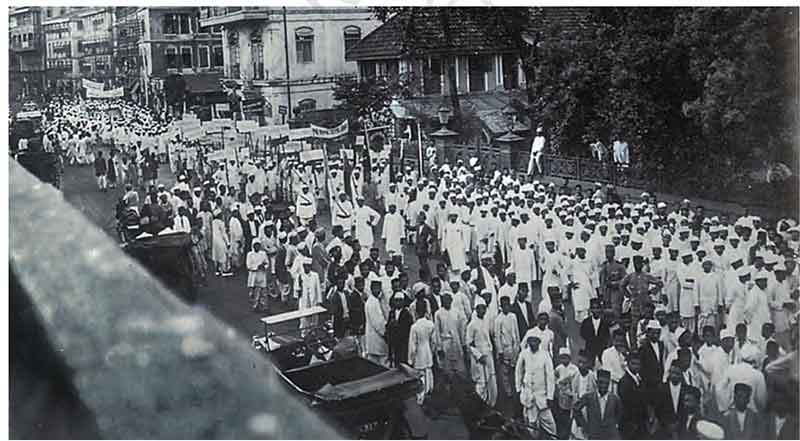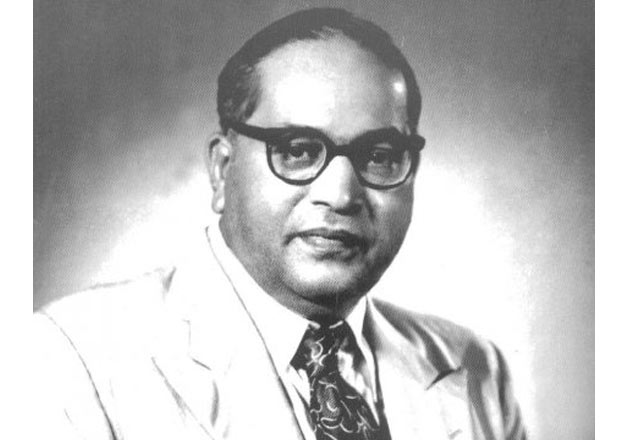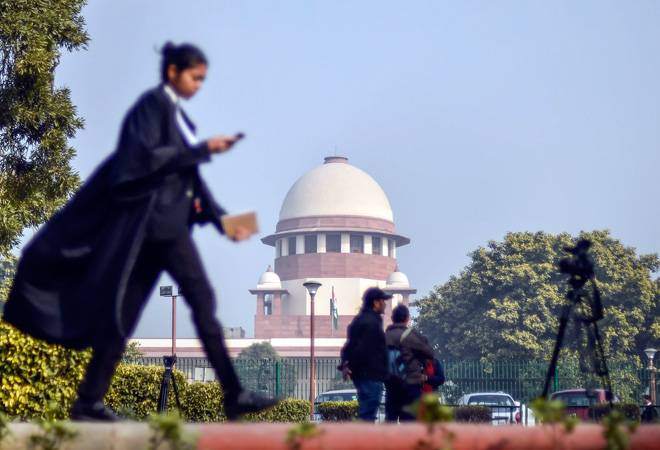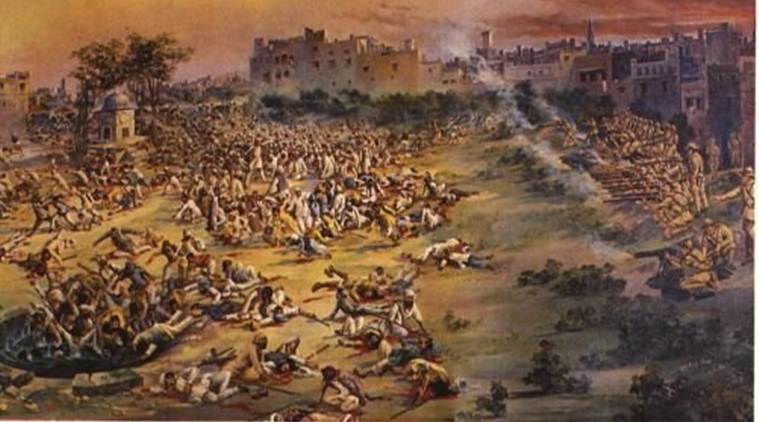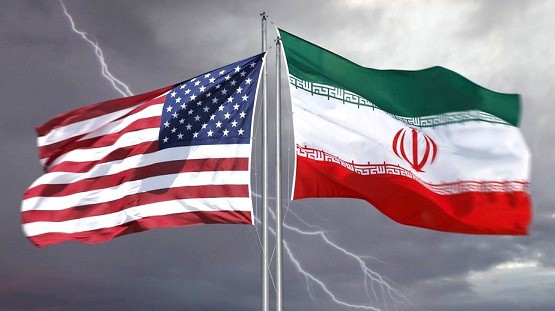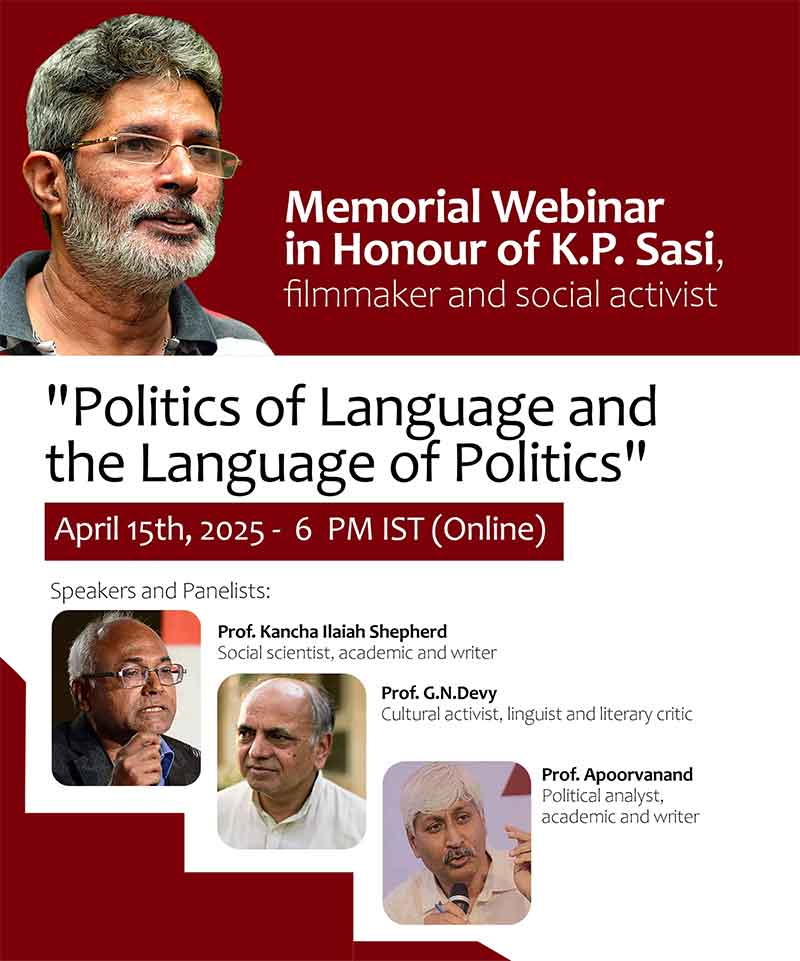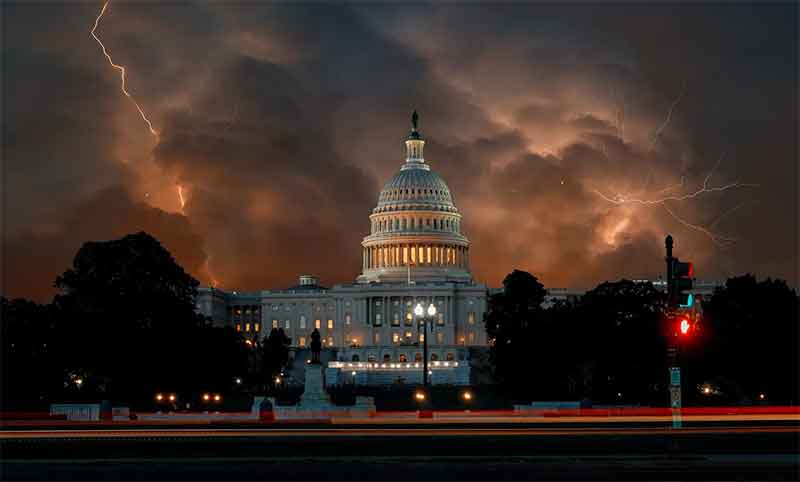
It is a matter of shame that 75 years after the country won independence and more than thirty years after the tumult of the Assam Movement even otherwise well-informed and sensible people in the mainland are prone to make the wildest and most outrageous remarks on Assam in serene confidence,hardly aware how deeply their views hurt the sentiments of the natives there.It is such offensive and casual remarks that ignite secessionism among Assamese youths.
I have for years been an admirer of senior advocate Kapil Sibal’s commanding performance at the Supreme Court.His mastery of the intricacies of law,the strength and rigour of his reasoning,and the passion he puts into his espousal of the values of the Constitution cannot fail to arouse admiration.On the whole, it exemplifies maturity and wisdom.
Yet in making a wild,baseless assertion about Assam without even batting an eye he hardly shows responsibility and serious engagement with facts.Pleading for a case against legitimacy of the Citizenship Amendment Act in Supreme Court he recently made two outlandish claims about Assam.
(1) Assam had been part of Myanmar before being merged to India by the British who had defeated the King of Ava.
(2) The people of Assam have no distinct historical identity but are a haphazard admixture of various migrant populations.
Both these remarks are wildly off the mark,and are born out of sheer ignorance and prejudice.Or these could be information supplied by the plaintiffs who arbitrarily juggled with dates and figures in historical records to arrive at a conclusion that suited their convenience and fancy.It is a disquieting fact that in the last couple of decades a section of educated immigrant youths have taken to concocting such ‘historical facts’ to suit their campaign against Assam and exploit the Muslim victimhood sentiment in the mainland.Any stretching of facts in this context can bear poison fruits.
The real facts in the matter involved are as follows:
A) While Assam had never formed a part of any powerful and long-lasting mainland empires,e.g.the Mauryan,the Gupta and the Moghul empires, it existed as a powerful and strong largely Hindu kingdom with substantial tribal populations unaccustomed to Aryan customs.In the thirteenth century a few thousand Thai immigrants originally from Southwest China(now an autonomous region) entered Assam, brought under control various tribes and regions through diplomacy or force of arms and by the eighteenth century formed a compact area where over six hundred years a loose but well-defined Assamese society,culture and language had formed by and large under the benign influence of the Vaishnava sect founded by Shri Shankardeva.It still had certain fissures and diversities,but sufficient unity marking it off from people from other parts of India who entered Assam with the British.(These people are known locally as Ahoms.)The Assamese nationality formed during British rule and came into its own by the early 20th century.
During all those centuries the region never formed part of Myanmar.It remained under occupation of the army of the king of Ava only for a decade or so as a result of quarrels among powerful royal officials with high ambition to wield royal powers on behalf of the king,and the Myanmarese army had entered Assam at the invitation of one of them.One powerful official had sought its help to restore him to the king’s favour.
And the British gained it from Myanmar after the army of the king of Xswas defeated by the British.That was the flimsy factual basis for the fable about its having been part of Myanmar.
B.As for migration,yes, like many of the countries in the past migration of diverse groups of population had entered Assam at some point of other and gradually merged with the older communities by adopting their customs and language.But their numbers had not been so enormous as to threaten the distinct identity of the natives,nor so rapid as to hamper assimilation with the natives. And such migrations had been spontaneous,natural and gradual. On the contrary migration of Muslim landless peasants from Eastern Bengal to Assam had been a result of cold, planned, systematic and overwhelming colonial strategy.It was so precipitate and massive that in the Nowgong district the Muslim population increased six fold in the span of three decades.Mr Sibal cannot fail to see that it had been a bewildering phenomenon.
More than a million entered Assam within three-four years.Whereas in the USA today where certain sections of natives are alarmed at the pace of Latin American immigration,the numbers in a similar span of time do not exceed one or two lakhs. That is surely an abnormal rate. So Assamese fears cannot be airily dismissed as unfounded.
However,untiring efforts of left and democratic groups have made it possible to stop the hounding of pre-1971 settled migrants.On the other hand new migrants are naturally not welcome so as to maintain the delicate demographic balance.
Hiren Gohain is a political commentator


